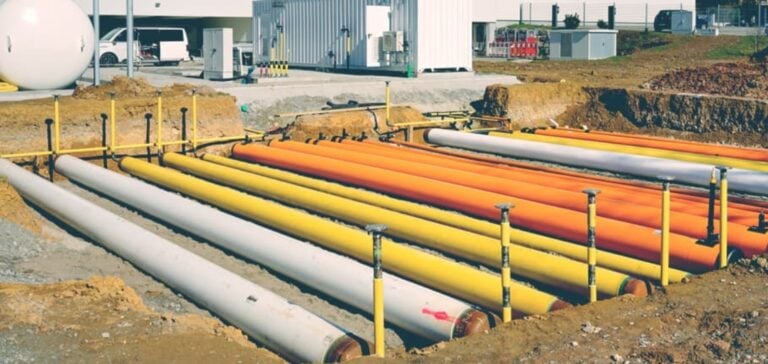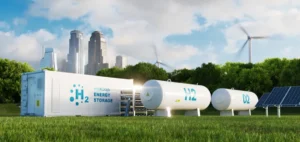Injecting 30% hydrogen into gas pipelines resulted in a modest 6% reduction in lifecycle greenhouse gas emissions, according to Argonne models.
However, Argonne’s estimate points out that hydrogen injection at this level can double the leakage from transmission lines.
Potential environmental benefits
The environmental benefits of hydrogen injection come mainly from the reduction in emissions associated with hydrogen production and combustion. However, injecting hydrogen leads to higher emissions during transmission and distribution, as well as increased energy demand at compressor stations.
Potential environmental benefits
Amgad Elgowainy, Senior Scientist at Argonne, points out that despite the substitution of a fossil molecule by a green one, the compression and leakage footprints largely offset the upstream and downstream benefits. The U.S. Department of Energy has organized a webinar to present the results of the first phase of its HyBlend initiative, aimed at facilitating the transport of hydrogen in gas pipelines.
Global warming and hydrogen
Increasing the flow in pipelines to deliver the same amount of energy as a pure gas system results in a 100% increase in transmission emissions, according to Argonne. Operators need to increase pipeline flow and pressure by around 30% and 70% respectively to deliver the same amount of energy to end users. This also requires a double increase in compression power. Argonne’s findings reflect other research suggesting that increasing flow and pressure to transport hydrogen increases methane leakage rates.
In a future phase of HyBlend, Argonne plans to study hydrogen’s potential to accelerate global warming through its interaction with greenhouse gases in the atmosphere.
Injecting hydrogen into natural gas pipelines offers potential environmental benefits, but is not without its challenges. Increased leakage and higher transmission emissions raise questions about the viability of this approach. More research is needed to fully understand the impact of hydrogen on our energy infrastructure.






















